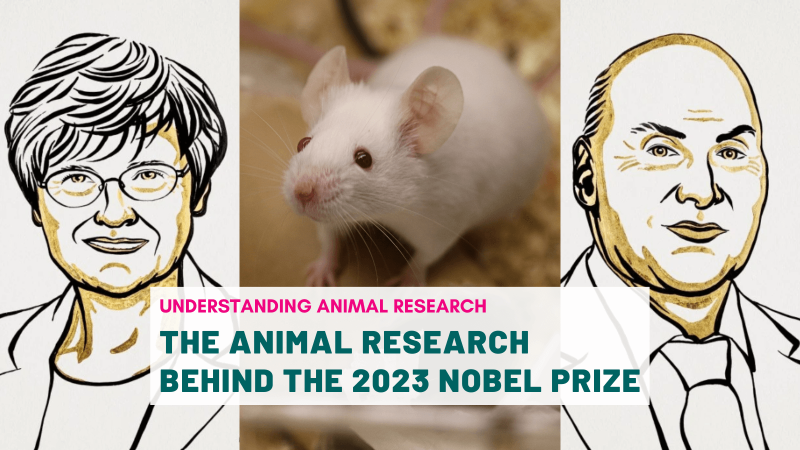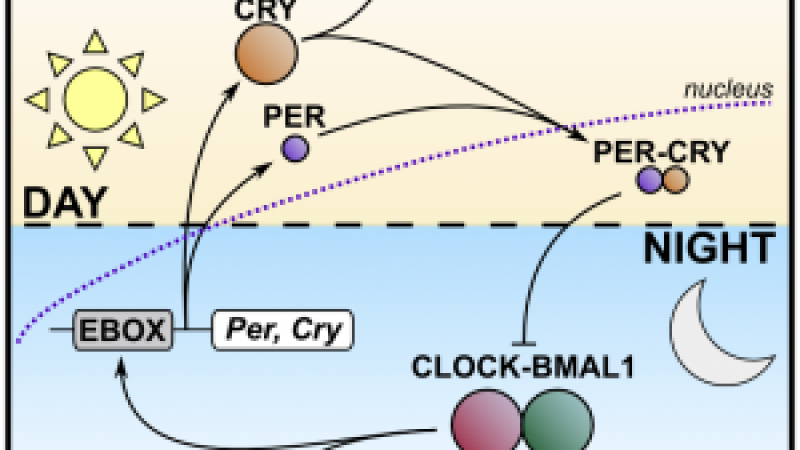
Sometimes impactful science can come from the most unlikely experiments. The Ig Nobel prizes, are awarded every year to "honour achievements that first make people laugh, and then make them think". They are a reminder that even the most unusual scientific hypotheses – such as the possible health benefits of painting cows – can have deep implications.
The 2025 Ig Nobel prize in biology was awarded to a Japanese research team led by Tomoki Kojima, from the Aichi Agricultural Research Centre for their experiments with painting stripes on cows. The idea behind this unusual art work : to mirror the insect repellent properties of zebra stripes.
“One day, I learned from a TV program about the hypotheses regarding the function of zebra stripes,” Kojima told The Scientist magazine. In a study published in 2024, Tim Caro, an evolutionary biologist at the University of Bristol, explained that stripes likely evolved on zebras to help them deter pests. Other theories for the evolution of zebra stripes include the possibility that they help them hide from predators, act as a cooling mechanism, or help zebras to recognise each other, but Tim Caro’s insect-repelling thesis aligned with previous reports, which indicated that flies tend to avoid black-and-white striped surfaces.
Working on this theory, Kojima’s team took three black Wagyu cows and painted one with white stripes, one with black stripes, and left one unpainted. For 30 minutes twice a day, the researchers observed the cows and counted fly-repelling behaviours, such as head throws, leg stamps, and tail flicks. At the end of each observation period, the team took pictures of the cows so they could count the numbers of flies that had landed on the cows' bodies and legs. The researchers repeated the experiment so that each cow experienced all three conditions, and a year later, three other cows were put through the same process.
The results were unequivocal: the cows with painted white stripes had significantly fewer flies on their bodies and lower frequency of fly-swatting behaviours than the others. The zebra-like patterns made cows less attractive to biting flies, offering a welfare-friendly and chemical-free option to repel pests.
“I don’t think there are potential health hazards [from paint],” Kojima said, as researchers and farmers commonly paint cattle to be able to identify them from a distance. “[Painting] is a cheap, easy, and animal welfare-friendly method.”
In Japan, farmers often prevent Wagyu cows from grazing to avoid insects which cause disease and stress to the animals, sometimes to the point of affecting their fertility, but this new artistic technique of insect control could change that. “I was sceptical at first, but I was really surprised that no insects came,” one cattle farmer said in their three-year survey response, reported by the Japanese daily newspaper Asahi Shimbun in 2024. “There was no bullying from other cows, which I was worried about.”
It looks like stripes on cattle might just become the new trend as temperatures rise, and insect territories spread every year further north.
Last edited: 30 October 2025 14:54




